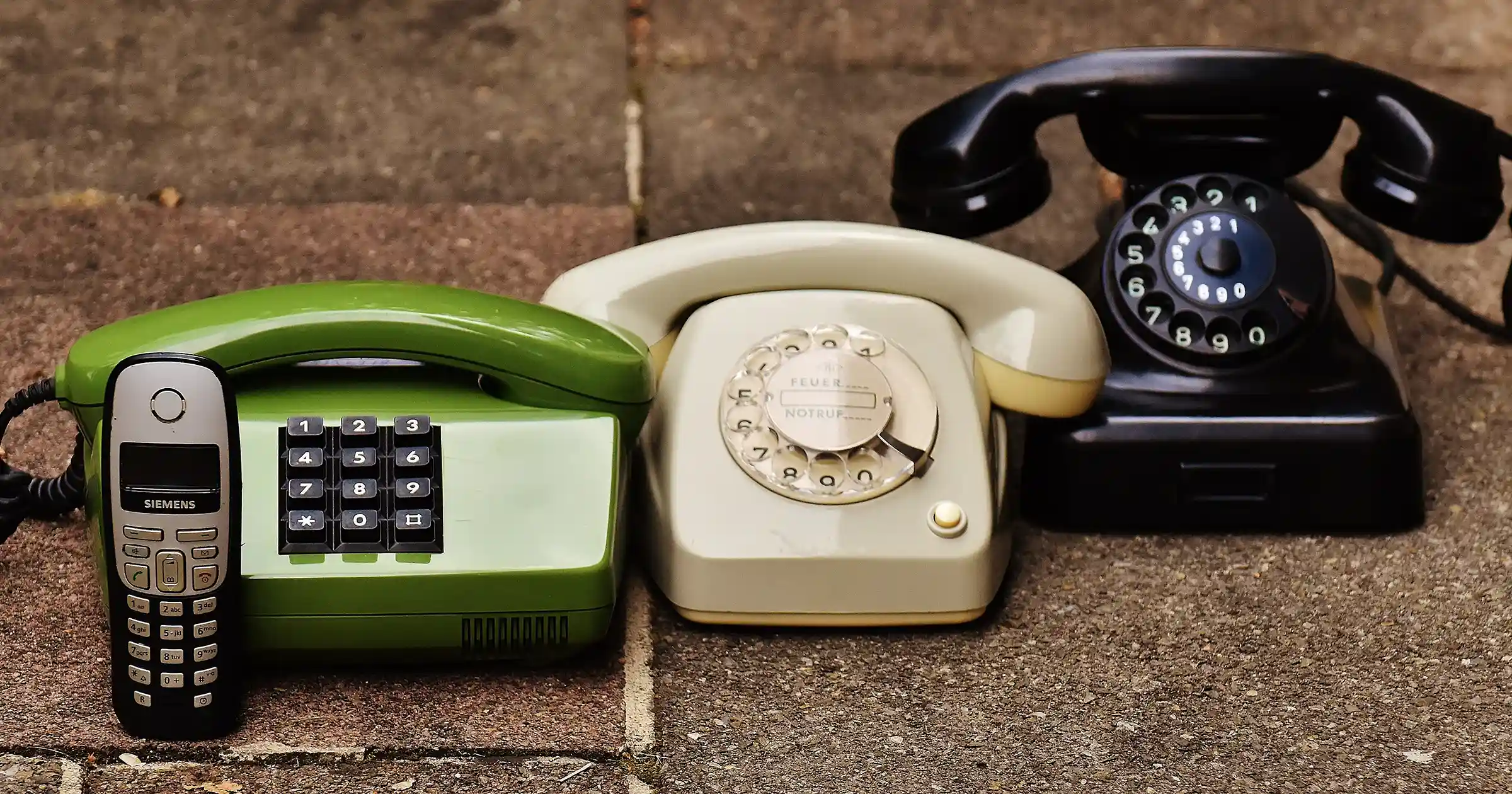Best Practices for Improving Communication With a Prospect

Meeting a new prospect for your business is often compared to going on a first date. After all, you’re both trying to learn more about each other and neither one of you is really sure where the relationship will go. You may have your next customer for life sitting right in front of you, or you may have a prospect that will only turn into another LinkedIn connection.
Prospects that fall in this latter category are still okay, but maybe not what you had hoped for. If you have more of these connections than actual clients, you may be attracting the wrong prospects in the first place. We covered this problem in detail in this article, so you’ll want to check that out ASAP if this seems to be happening to your business.
As for today, we’ll be diving into the topic of improving communication with your prospects so they turn into clients. The idea here is to create a solid relationship between the two of you so it never really feels like you’re “asking for the sale”. This small change will help turn potential clients into repeat customers.
Listen More, Talk Less
Similar to a first date, you can’t do all of the talking. In fact, I want you to do more listening than talking, period. You need to really hear what your prospect is saying, not just your interpretation of what they’re telling you.
Uncover information like: What are your biggest struggles? What’s currently slowing you down or holding you back?

Here’s the hardest part: let’s say your prospect mentions a particular struggle they’re facing that strikes a chord with a service you’re offering. Normally you’d probably jump for joy and start discussing how you’d love to help solve their issue. However, I want you to put on your empathy — not salesperson — hat when this happens.
Put yourself in your prospect’s shoes. Listen to what they're struggling with and understand how that's been affecting their goals. Now, instead of closing this thought with a “here’s how my product can help” elevator pitch, dive a little deeper.
Here’s an example of what I mean:
Wow, John, I didn’t realize you guys were juggling so much. Can you tell me more about how you’re handling this?
By taking the conversation a step further instead of pushing your product right then and there, you’re showing your prospect that you genuinely care about helping them, not closing a sale.
Another way to do this is to learn what your prospect’s future plans for growth are. This will give you key insights about how you can help them achieve their goals.
Subtle Clues are Just as Important
Listen carefully to the exact language your prospect is using. If they’re explaining that they don’t have enough time or manpower, remember these specifics and jot them down or take a mental note for later.
It’s also smart to pay attention to subtle clues like their body language, too. If their arms are crossed or their body is facing away from you while they’re explaining their struggles, that may be a sign that they’re not exactly comfortable opening up to you.
If you notice this happening, table the original question for now and find some common ground so you can build a deeper rapport and give your prospect time to get to know and trust you.
To do this, you’ll want to ask a few more questions.
Avoid the 21 Questions Game
Building on our first date example, imagine you’re on a date with someone who asks you a hundred questions back-to-back. Pretty soon, the date feels more like an interrogation.
But on the flipside, if no one’s asking enough questions to learn more about each other, you’ll leave the date feeling like strangers wondering if you have any connection at all.
Whether dating or prospecting, you’ll need to strive for an ideal balance between asking too many questions and not asking enough.
Here’s a good way I like to think about this process: Imagine that every question you ask is like physically peeling back another layer of an onion. The questions need to build off each other sequentially to show that you’re understanding the answers enough to keep on track.
Instead of memorizing a hard script and sequence to follow, try to flow naturally with the conversation. So, if your prospect mentions that he’s stuck having to clock in on the weekends and miss golf on Sundays because the problem has gotten so out of hand, it’s okay to switch gears to learn more about how important golf is to him.
By following your prospect’s lead, you’ll be able to build a stronger rapport just by diving deeper into the information they’re already presenting. Of course, at some point, you’ll want to steer the conversation back to business, but it’s okay to veer off for a short time if it means learning more about the person behind the sale.

Follow Up, But Respect Their Time
Following up with a prospect is almost as critical as the initial exploratory sit down (read: you need to tread lightly here).
Sending too many follow-up emails, calls, or even text messages will make you come across as desperate. Even worse: it will appear as if you don’t respect your prospect’s time.
With that being said, send a follow-up message during the small window of time after your initial face-to-face meeting, but before the end of the day. If you ended your day with that meeting, roll over your follow-up to the next morning.
In this message, thank your potential client for their time, ask if they have any questions, and mention at least one connection you two share.
It’s also not a bad idea to mention how your product or service has already helped someone in their same (or similar) position in the past. You can even add a link to a case study or portfolio piece, if applicable.
Next, you need to sit tight and relax (seriously!). Pestering your prospect any further will only push them away.
If You Play Your Cards Right, You’re Not Really “Asking for the Sale”
If your prospect gets back to you with good news, you may already have a signed deal on your hands before the second date. Congratulations!
However, if your prospect takes forever to respond, or seems to be dragging their feet to commit, you may not have shown them enough benefit to make your service worth their while. In reality, this means you don’t really understand their struggles or future goals and you’re not making enough of a connection to show them how you can solve their problems.
Set up another time to chat or meet face-to-face so you can uncover more about what’s really going on. Now, you can’t just brain-dump every benefit of your product or service to close the deal during this meeting. This needs to be a two-way conversation. Again, I’d even argue that you should listen more than you talk during this second meeting. Somewhere in this conversation is the missing link you need.
After your second meeting or conversation, head back to the objections your prospect has mentioned to see if you can uncover the real hesitations.
If the objections are out of this person’s control, you may be dealing with the wrong decision maker. In a situation like this, try to schedule a meeting with both your point of contact and the official decision maker.
Now, on the other hand, if the objections you received are common issues, don’t hesitate to be persistent in closing the deal. Some clients will only do business with those who are willing to go the extra mile and don’t mind jumping through a few hoops. If this is the case, don’t pester them. Follow up once a week, at most. I wouldn’t do this for any longer than a month or two. After that point, you’ll just be wasting your time.
There are three keys to strengthening the communication between you and your next prospect: expert listening skills, truly understanding their struggles and goals, and following up accordingly.
As long as your product or service solves a problem your prospect is having, or helps them with some aspect of their business that is struggling, you should have no problems closing your next deal. Just remember our tips from today's post for smooth prospecting.